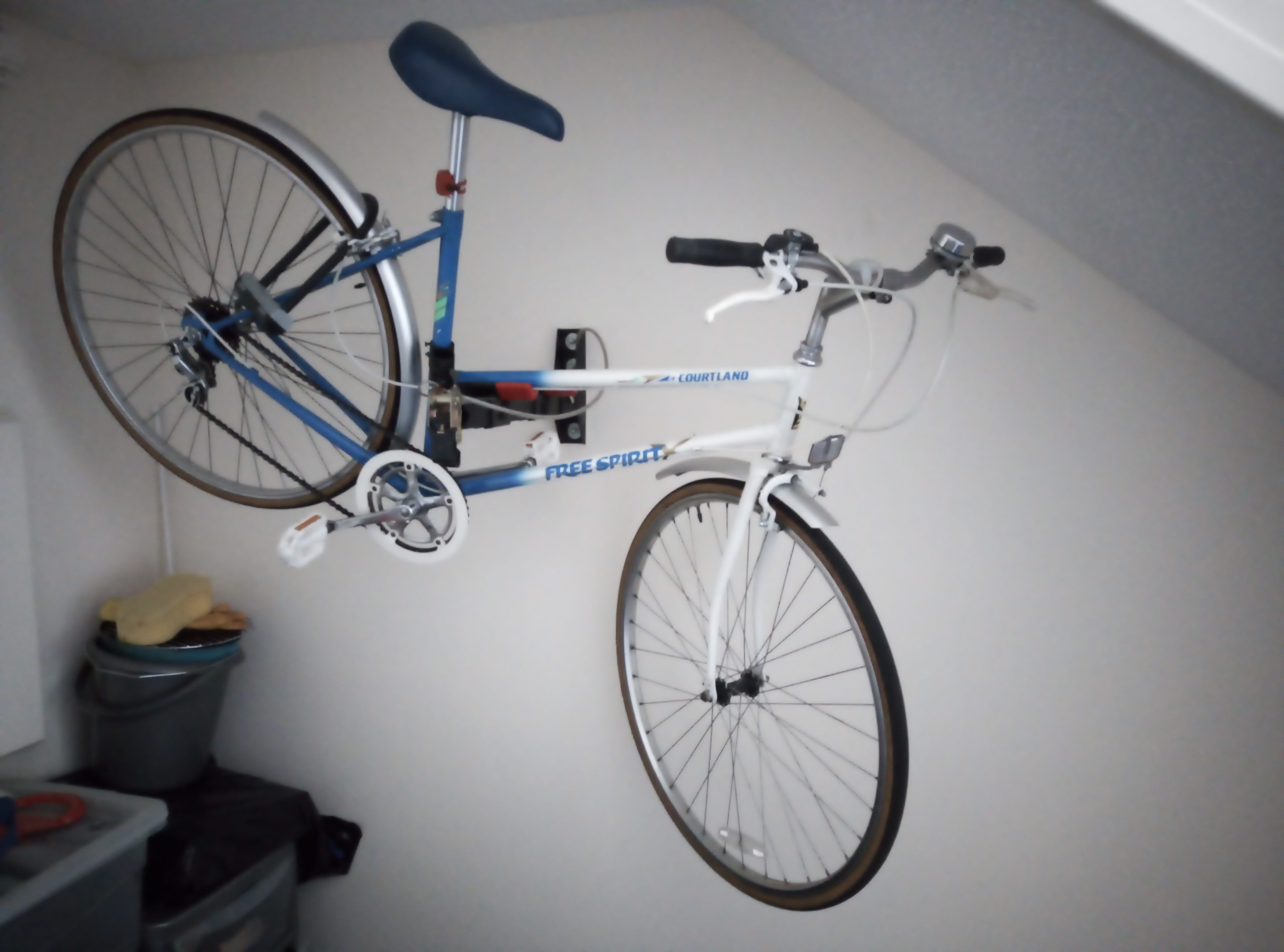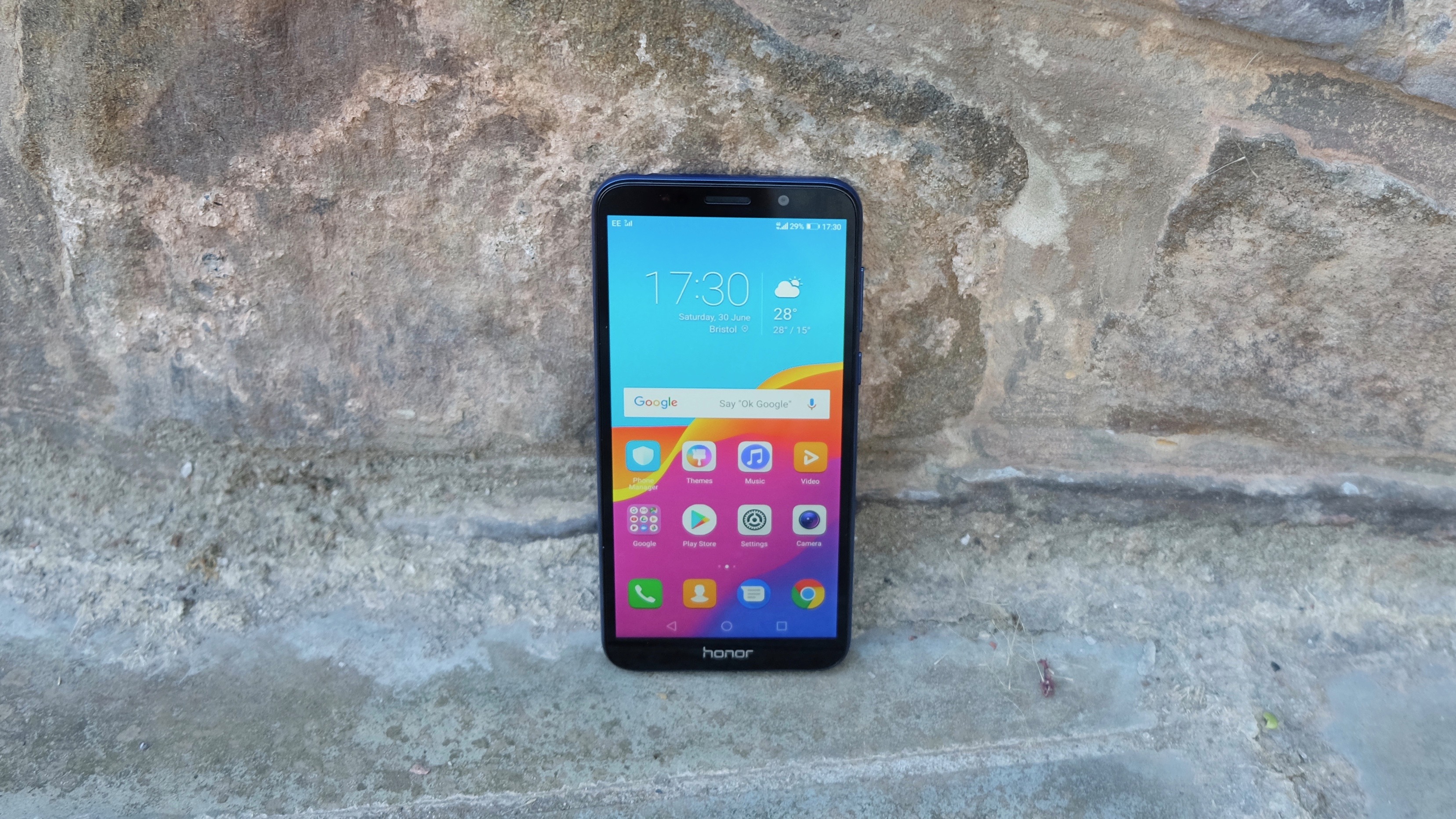Why you can trust TechRadar
Battery life
- 3,020mAh battery is ample
- No USB-C or fast charging
The Honor 7S packs a 3,020mAh battery, which is rather large for a phone with such modest specs. Many flagship Android phones have 3,000mAh batteries, but they pack QHD displays, speedy chipsets and advanced cameras.
You’d expect the Honor 7S to last through a full day, then, and indeed it does. Comfortably so, in fact. If you have a particularly light day you’ll probably get through a good portion of a second day too.
Even if you do hit the videos hard, though, the Honor 7S holds up reasonably well. During our standard battery test, which involves playing a 90-minute 720p looping video with the screen brightness set to full, the Honor 7S lost 16% of its charge on average.

That’s significantly better than the Vodafone Smart N9, which lost 24% in the same test. In fact, it’s only very slightly worse than the Nokia 2 (on 15%), and that phone has a freakishly large 4,100mAh battery.
It’s a good job the Honor 7S has such decent stamina, because it doesn’t have any sort of fast charging standard to fall back on. As we’ve already mentioned, it doesn’t use the modern USB-C charging standard either.
Camera
- 13MP rear camera is slow but can produce decent shots
- 5MP front camera with dedicated LED
Honor has eschewed the increasingly popular dual-camera setups that are around at the moment in favor of a single 13MP unit. It’s probably a wise choice in the interest of minimizing that price tag.
While it’s far from perfect, the Honor 7S's camera is capable of reasonable results if you feed it enough light. It’s certainly better than the Vodafone Smart N9's camera we tested recently.
The camera performance is undoubtedly slow, though, and you need to wait patiently for it first to find its focus and then to take its shot. But if you give the camera the necessary attention, you might find yourself surprised by the pictures you can take.

On a bright sunny day we were able to take some effective street snaps, as well as a detailed close-up of some flowers. Conversely, when we tried to take a rushed snapshot of a static street scene, it came out a little blurry.
There’s also the usual tendency to overexpose bright areas, which is common in cheaper phones.
For such shots you’ll need to activate the HDR mode manually, but this is horrendously placed in a completely hidden swipe-up menu. When that menu does appear, it’s curiously locked into a portrait orientation. Sloppy.
The quality of those HDR photos can make up for the inconvenience of accessing them - provided you’re not in a rush. And that your subject isn’t moving. Yep, it’s another element of the Honor 7S’s camera (and indeed the phone in general) that takes a while to process.
Shots with anything less than decent lighting are more or less a write-off on the Honor 7S, though. They’re guaranteed to be poorly focused and full of noise. But of course, you’d expect that from a budget smartphone.

At first glance, the Honor 7S’s front-facing camera looks like a fairly basic 5MP unit. You’d be right, and you’ll also have to contend with Honor’s horrible beauty setting that smudges out your facial blemishes. But there is one interesting addition.
This is a rare smartphone that includes a dedicated LED flash for the selfie camera. Or rather, an LED light. When the 7S detects that it’s dark, it will turn the LED on to try and brighten up the shot.
It’s a neat idea, but in practice, if the light levels have dropped to the extent that you need this feature, you won’t be getting good results. All of the selfies we took with this LED were a blurry, noisy mess - just with a slightly sickly glow.
Camera samples








Current page: Battery life and camera
Prev Page Introduction, key features and design Next Page Anything else I should know?